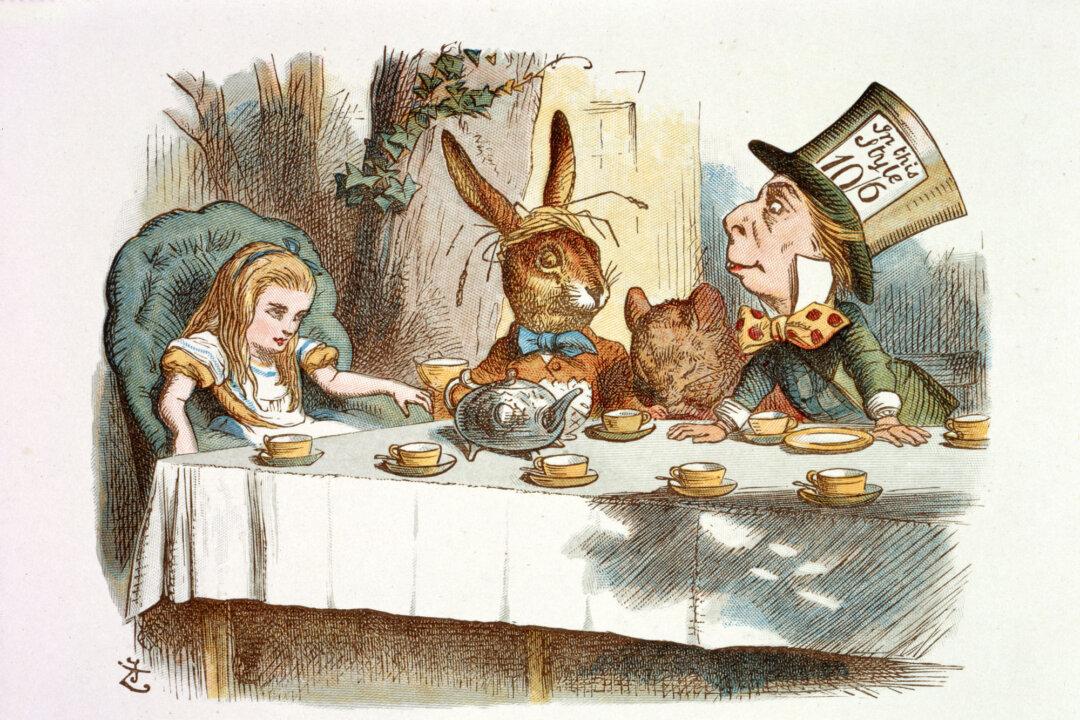Alice is turning 150 this year, yet we still love to read about (or watch) this curious little girl’s adventures in Wonderland again and again. There’s something about this book that has made it a timeless classic, a fascinating story which has reached far beyond the children of the mid-19th century, for whom it was first written.
Part of the reason is that Alice’s Adventures in Wonderland was a turning point in children’s literature. Earlier books and stories for children tended to have a strict focus on moral education and improvement. Most books were there to teach you how to be a good little boy or girl, rather than entertain or excite your imagination. But Lewis Carroll changed all that.
Alice Knows Best
Instead of instructing the child, Carroll centres his narrative on a young girl who lectures adults, in a world where everything is topsy-turvy. Alice dishes out advice on manners right, left and centre, and reprimands the inhabitants of Wonderland for rudeness and general madness. She knows best – the adults are unreliable, illogical and somewhat insane. This is a complete reversal of the way children and adults were portrayed in earlier literature.

